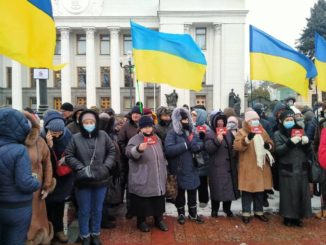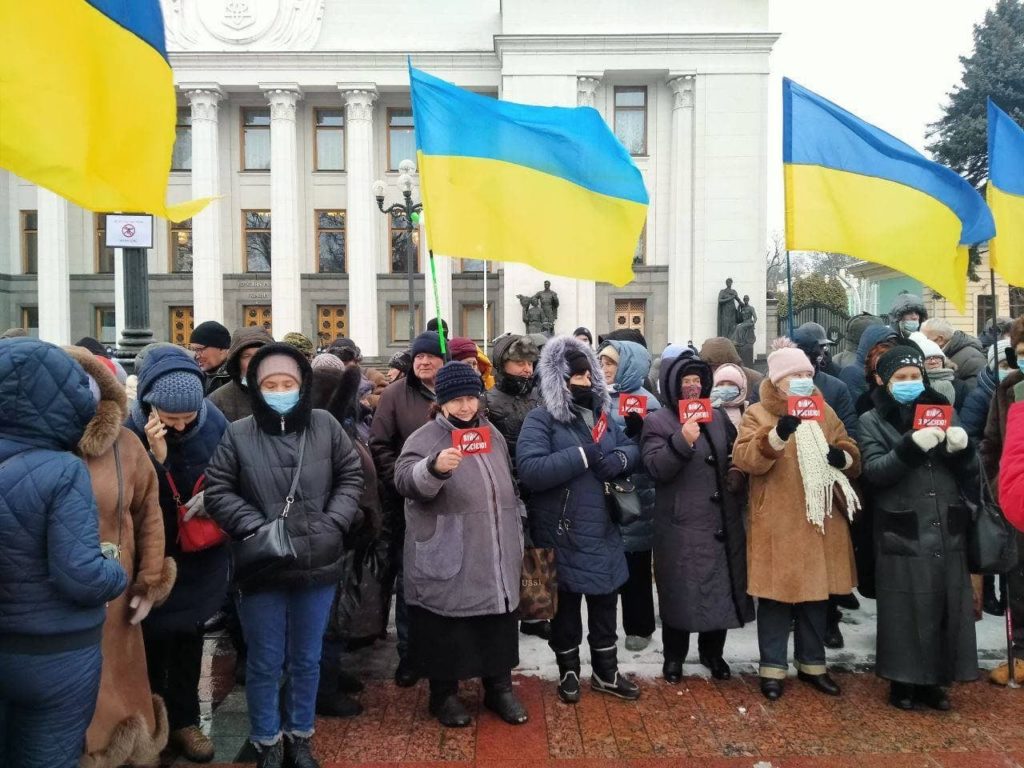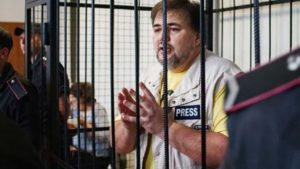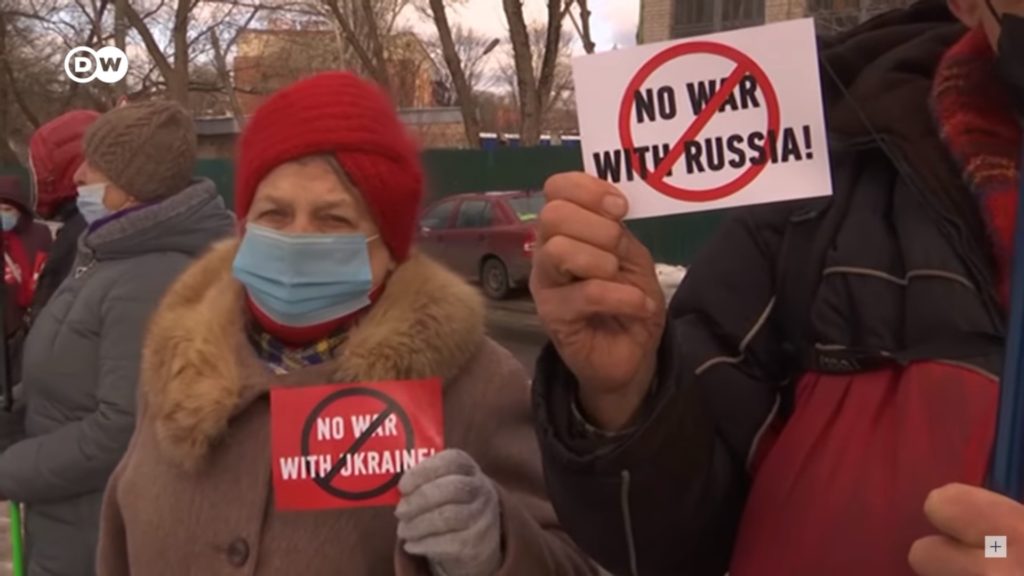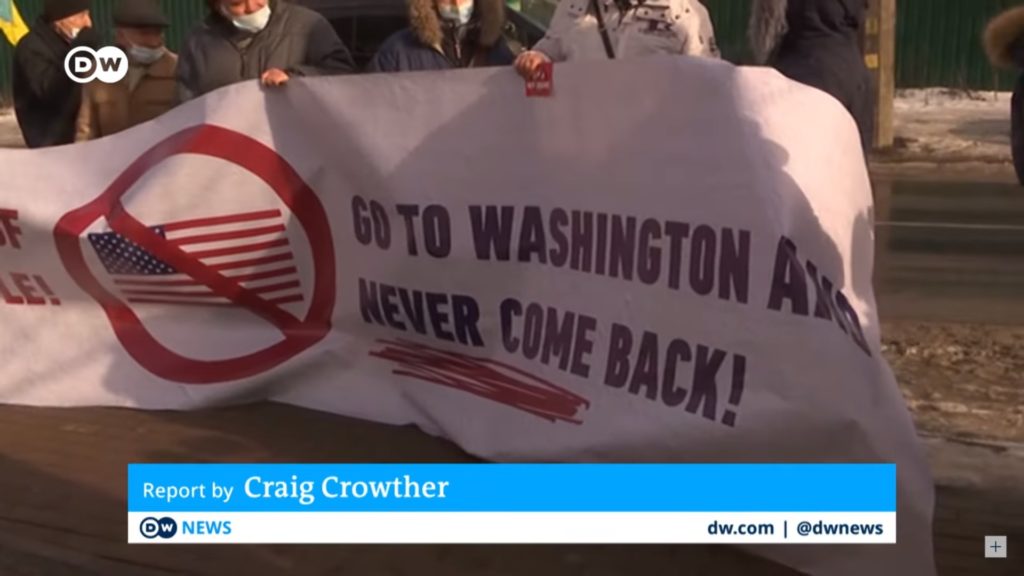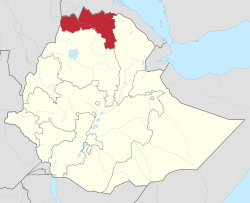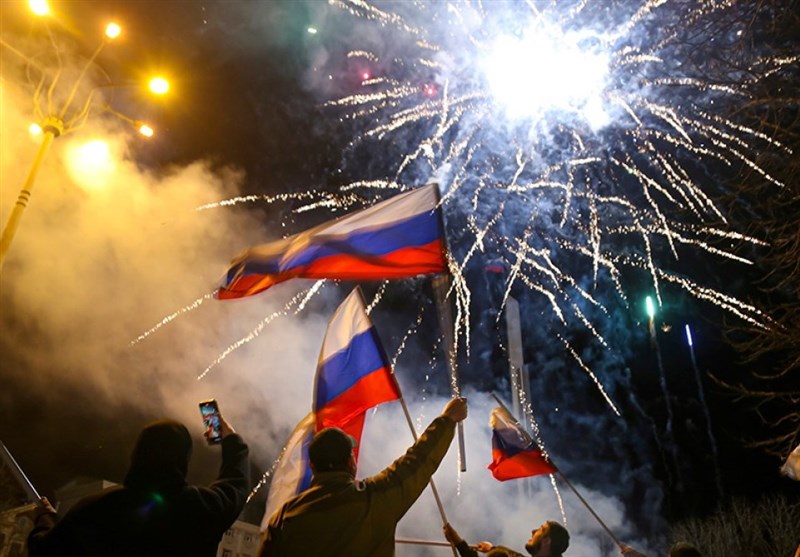
Editor’s Note: The following represents the writer’s analysis.
With Russia recognizing on February 21 two breakaway republics in Ukraine’s Donbass region, war between Russia and U.S.-backed Ukraine appears closer than ever. However, such an escalation means Europe is bound to face an energy crisis, as sources of oil and gas remain too small or unreliable to meet its needs.
The United States and the European Union are expected to impose severe sanctions on the Russian Federation. The United Kingdom, on the other hand, announced it will impose sanctions on Russian banks. The United States could eventually pressure all European countries to stop purchasing Russian energy, one way or another. U.S. President Joe Biden issued an executive order immediately after Russia recognized the two republics. The order bans business that would develop the Donetsk People’s Republic and the Lugansk People’s Republic. Although the order states medical supplies and other basic needs would not be barred, U.S. sanctions have been found to shrink economies and kill people by denying materials to produce medicines. Moreover, Biden announced today the “first tranche,” which includes restrictions on Russia’s sovereign debt.
“That means we’ve cut off Russia’s government from Western financing,” Biden said.
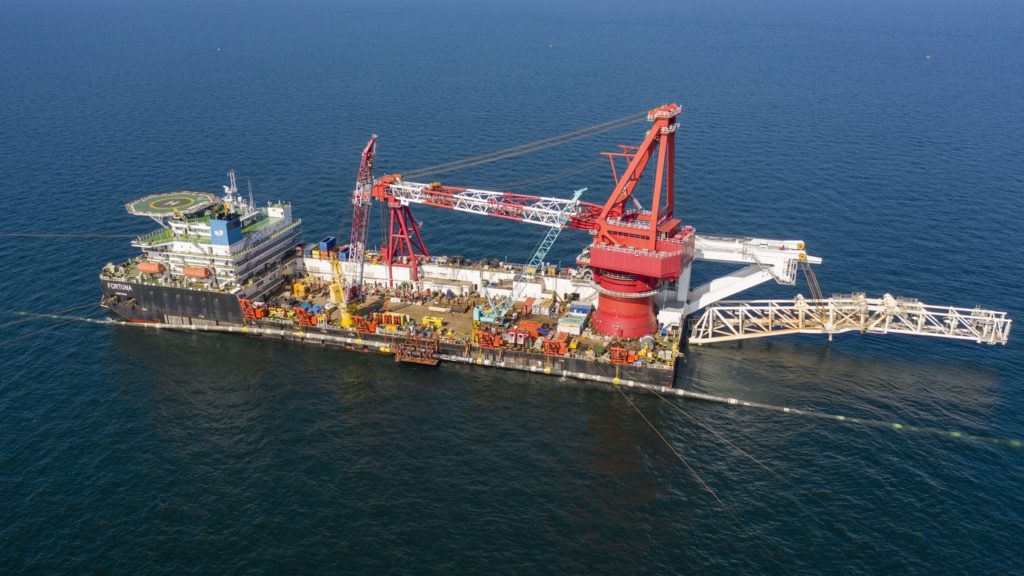
Europe’s Energy Conundrum
With the march toward war, Germany halted approval for Nord Stream 2, an undersea pipeline that would have doubled the amount of natural gas flowing from Russia to Germany via the Baltic Sea, bypassing the U.S.-backed Ukraine.
About 43 percent of natural gas consumed in the EU comes from Russia. Moreover, Russia is the main supplier of crude oil to the EU, making the alliance of European states heavily dependent on Russian energy. If the EU completely cuts energy ties with Moscow, power outages could become the norm, especially given European gas storages are already half-empty. Even if the United States pressures other producers to increase energy supplies to Europe, it remains uncertain what can replace Russian oil, gas and coal in the interim.
Europe is not the only place that will suffer from what seems to be an inevitable war between Russia and Ukraine. The two countries are the world’s fourth and seventh largest producers of cereals, respectively. That means West Asian countries, significant importers of the Russian and Ukrainian foodstock, are expected to experience food shortages if Ukrainian sea ports are blocked due to a war or if Russia is cut off from the global financial system.
Still, it remains to be seen if such severe sanctions will come as a result of the Kremlin’s recognition of the Donbass republics, or if the West will wait for major clashes between Russian and Ukrainian forces.
Why Russia Recognized Breakaway Republics
The Kremlin’s recognition of the self-proclaimed Donetsk People’s Republic and Lugansk People’s Republic is only the beginning of a large-scale conflict between Russia and Ukraine. The two republics, located in the coal-rich Donbass region of eastern Ukraine, are now Moscow’s allies, which means Russia will openly support them if Kyiv does not end hostilities that erupted in 2014.
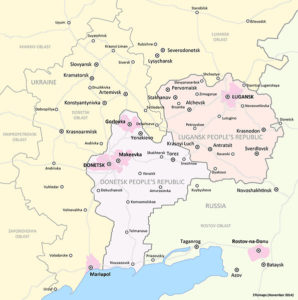
Ukraine has been firmly in the U.S. geopolitical orbit since violent neo-Nazi protests in Kyiv’s Maidan Square resulted in the 2014 overthrow of the allegedly pro-Russian president, Viktor Yanukovych. Yet, Russia did not attempt to help the then-Ukrainian leader stay in power. As Russian President Vladimir Putin said in 2018, Washington had asked him to persuade Yanukovych not to use force against “peaceful protesters.” Putin agreed. As a result, anti-Russian forces came to power in Kyiv, leading the people of the Donbass region to vote in favor of leaving Ukraine.
“I don’t think anyone can claim that the Ukrainian regime, since the 2014 coup d’état, represents all the people living on the territory of the Ukrainian state,” said Russian Foreign Minister Sergey Lavrov on February 22.
In 2014, however, Russia recognized the results of the Ukrainian presidential election, organized by the post-Maidan authorities. Lavrov even called newly elected President Petro Poroshenko the “best chance” for Ukraine. Eight years later, the Kremlin has completely changed its rhetoric on Ukraine. Now, Lavrov openly questions the very sovereignty of Ukraine, while Putin indirectly threatens to continue the process of fragmentation of the Eastern European country. In his speech on February 21, Putin said the Soviet Ukraine is the result of the Bolsheviks’ policy and can be rightfully called “Vladimir Lenin’s Ukraine.”
“You want decommunization? Very well, this suits us just fine. But why stop halfway? We are ready to show what real decommunizations would mean for Ukraine,” Putin stressed.
Does that mean Russia plans to seek pre-Bolshevik borders with Ukraine, which would include incorporating the Crimean peninsula into the Russian Federation?
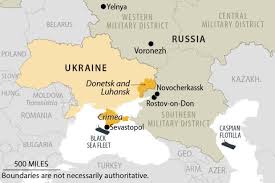
From the Russian perspective, recognition of the Donbass republics will not resolve the problem Moscow has with Washington. The United States is using Ukraine merely as an instrument against Russia. This comes as the Kremlin uses its Donbass proxies as a tool against the U.S.-backed Ukraine in an escalation of a Cold War game between the two nuclear powers that was sparked with the 2014 Maidan events and Russia’s subsequent actions in Crimea and Donbass. But the latest developments suggest Moscow intends to raise the stakes. Quite aware Ukrainian authorities will never recognize the secession of breakaway provinces and will continue to fight, the Kremlin hardly has a choice but to eventually install a Russia-friendly regime in Kyiv.
Such an operation undoubtedly means war. But war is inevitable, one way or another. Russia has deployed troops to the newly recognized Donbass republics. If Ukrainian forces do not end hostilities, the Russian Army is in the very near future expected to engage in a direct confrontation against Ukraine. Given that the Eastern European country has received at least $200 million in U.S. “lethal aid” as well as other Western-made weapons over the past two months, it is not probable Kyiv will accept a new geopolitical reality. Ukraine is not in a position to refuse to accept Western arms and Ukraine has often said it would never capitulate to Russia. Refusing arms would mean a de facto capitulation to Russia.
The Inevitability of War
Sooner or later, the Donbass conflict will escalate. Shelling has increased along the entire front line, which seems to be part of preparations for a military offensive. Ukraine aims to restore its sovereignty over the Donbass, while the Lugansk People’s Republic demands Kyiv withdraw its troops from the entire Lugansk Oblast (region). Both republics control relatively small portions of Ukraine’s Donetsk and Lugansk Oblasts. Two-thirds of the regions are still controlled by Kyiv. Given that on May 12, 2014, a referendum on the status of Donetsk and Lugansk was held on the entirety of the two oblasts, it is entirely possible Moscow also sees the two republics as part of a much bigger territory than what is currently under control of the pro-Russian forces. Their final borders, however, are likely to be determined after a war.
For now, the region will remain in a state of limbo. If Ukraine breaks off diplomatic ties with Russia, something Ukrainian President Volodymyr Zelensky announced, it will be a clear indication the two countries are on the brink of war.
That several Western countries have moved their embassies from Kyiv to the western Ukrainian city of Lviv, and that around 10 airlines have canceled their flights to Ukraine, suggests the breakout of war is just a matter of time.
Nikola Mikovic is a Serbia-based contributor to CGTN, Global Comment, Byline Times, Informed Comment, and World Geostrategic Insights, among other publications. He is a geopolitical analyst for KJ Reports and Enquire.

